Meet Timothy Sullivan | Designer Craftsman – Creekside Pottery
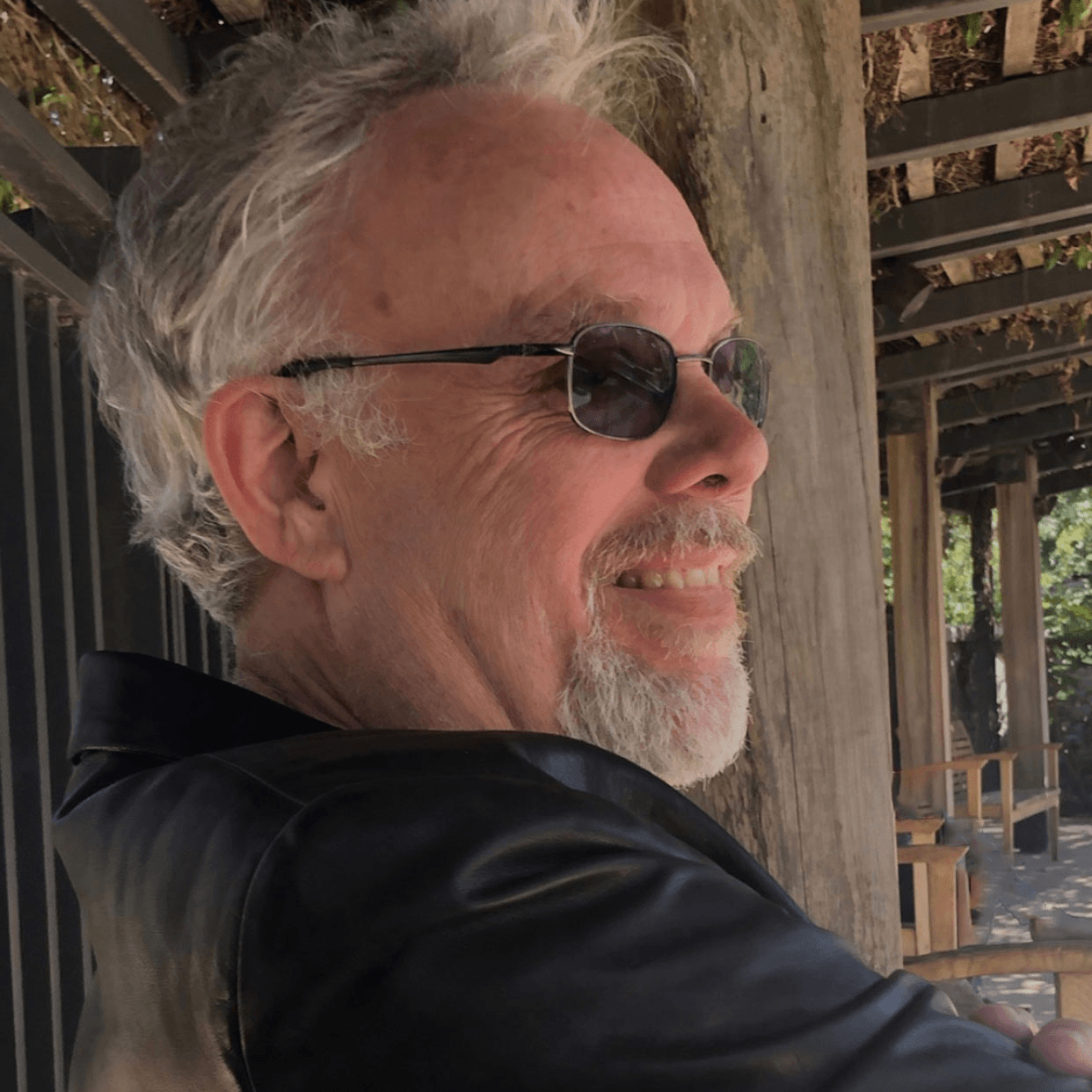
We had the good fortune of connecting with Timothy Sullivan and we’ve shared our conversation below.
Hi Timothy, how has your background shaped the person you are today?
This is a very complex question. I was raised in the suburbs of Pittsburgh and received my B.F.A. in Painting and Ceramics from Carnegie-Mellon University and later my M.F.A. in Ceramics and Sculpture from the Art Institute of Chicago. When I couldn’t find work in the arts, I got a job working in office machine repair fixing IBM typewriters. For a few years I tried to do both, making mixed-media sculpture on nights and weekends. A subsequent marriage and the arrival of children led to a more serious pursuit of a corporate career and my direct involvement in the arts faded.
As electronic advancements made typewrite repair less complex, I began to teach myself computer skills and began to shift my career to sales in software and PCs. I sold first in retail stores and then moved to corporate sales of PC systems, software, and networks. I secured an operational partner and two investor partners and opened a ComputerLand franchise. I was the Managing Partner and we grew the business to a $10 M a year, 3 location business and a top 50 franchise. My next move was to an IBM company and later to IBM as mid-level executive with a variety of responsibilities. My final corporate job was a VP of Strategy for a small Connecticut company.
I often joke that my metaphor for Corporate America is “when you get out of the swimming pool, the water doesn’t know you were ever there”. I loved the money side, but was feeling that my life was going by way too fast, and I wanted to do something more meaningful to me personally. I wanted to get back to the arts, and I wanted to go back to making pottery.
I did, however, learn a lot during those 20 plus years. Visiting 20 to 30 secretaries a day to fix their equipment went a long way in helping me move past my shyness and learn how to talk to people. I also learned patience and problem-solving skills. I managed an independent business, and learned about financials, and investment and risk management, and how to recover from set-backs. I learned how to grow my knowledge and skills. I learned how to talk to people and how to sell, and I learned how to work with software and PC technologies. I think all of those experiences have made me better equipped as an independent business owner and as a Designer Craftsman.
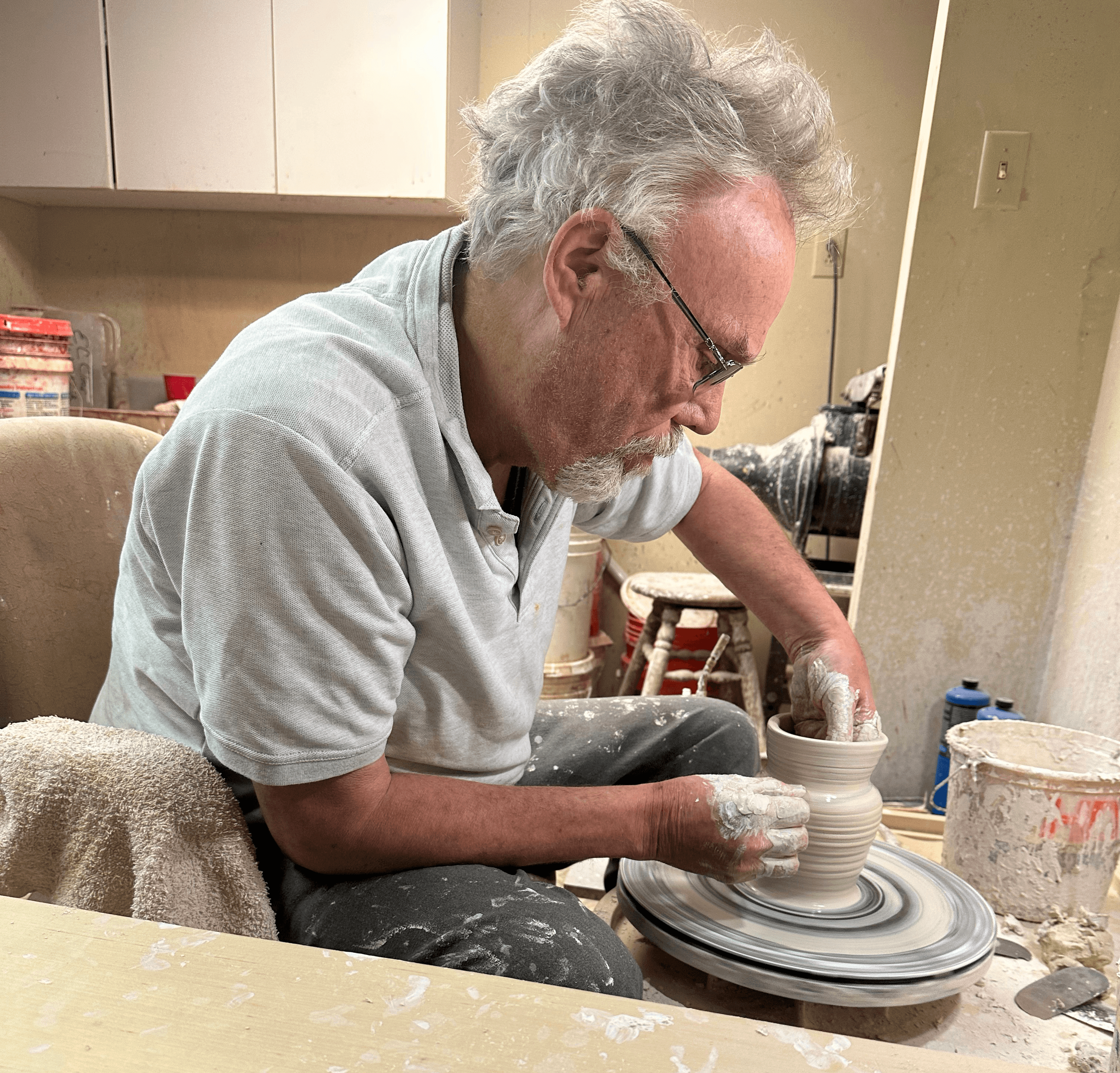

Let’s talk shop? Tell us more about your career, what can you share with our community?
I’ve been making pottery (this go-around) since the late 90s in my home studio in Marietta. My pieces are most often wheel-thrown with hand-built additions and modifications and fired in a reduction environment to about 2350 degrees. The term reduction refers to an atmosphere in the firing that is oxygen deprived causing molecular changes in iron and copper compounds that will result in the development of specific colors in the fired glazes. I don’t use commercial glazes but rather make the glazes from commercially available materials. Many are my own formulas and almost all have been modified.
I learned to throw in college and was able to revive those skills fairly quickly. The glazes and firing were another story completely. I had no glaze formulas, had never really fired a straight reduction kiln, and perhaps most critically, I had no aesthetic approach. I quite literally went through two years of “make and break” experimentation. I remember eventually getting a bowl out of the kiln and thinking “there’s a light at the end of the tunnel”.
I was greatly aided during these early years by the Australian potter Greg Day’s great book Glaze and Glazing Techniques with sample formulas and information on glaze chemistry. One of the glazes I still use came from that book. The glaze calculation software Insight from Digitalfire has been critical as well for understanding the chemistry inside of the materials.
Pottery is a little different than most of the arts in that the process from making to completion takes place over an extended period of time. For me, it can be weeks or months from making the initial form to seeing the finished piece. It’s also bifurcated – first you make and then you glaze.
I’m a pretty focused person, and I make with specific intent. I intend for it to look this way and for that to happen. Because of the inherent variables in the process, from atmospheric conditions during the firing, to kiln placement and glaze thickness, the end result can be markedly different from my intent. I had to learn not to be blinded by my intentions and see what really happened. This doesn’t mean that I abandon my intentions going forward, but that I try to understand what happened to see if the variations can form the basis for a new set of intentions. For me, the variability has led to exploration and evolution. I also believe that it’s important to take risk. Not foolish, but thoughtful risk. If you never fail, you’ve never really risked.
Over time, as my exploration of glaze surfaces and patterns has become more complex, my form have simplified. The goal is to have balance between surface and form so that they complement each other and are not in conflict.
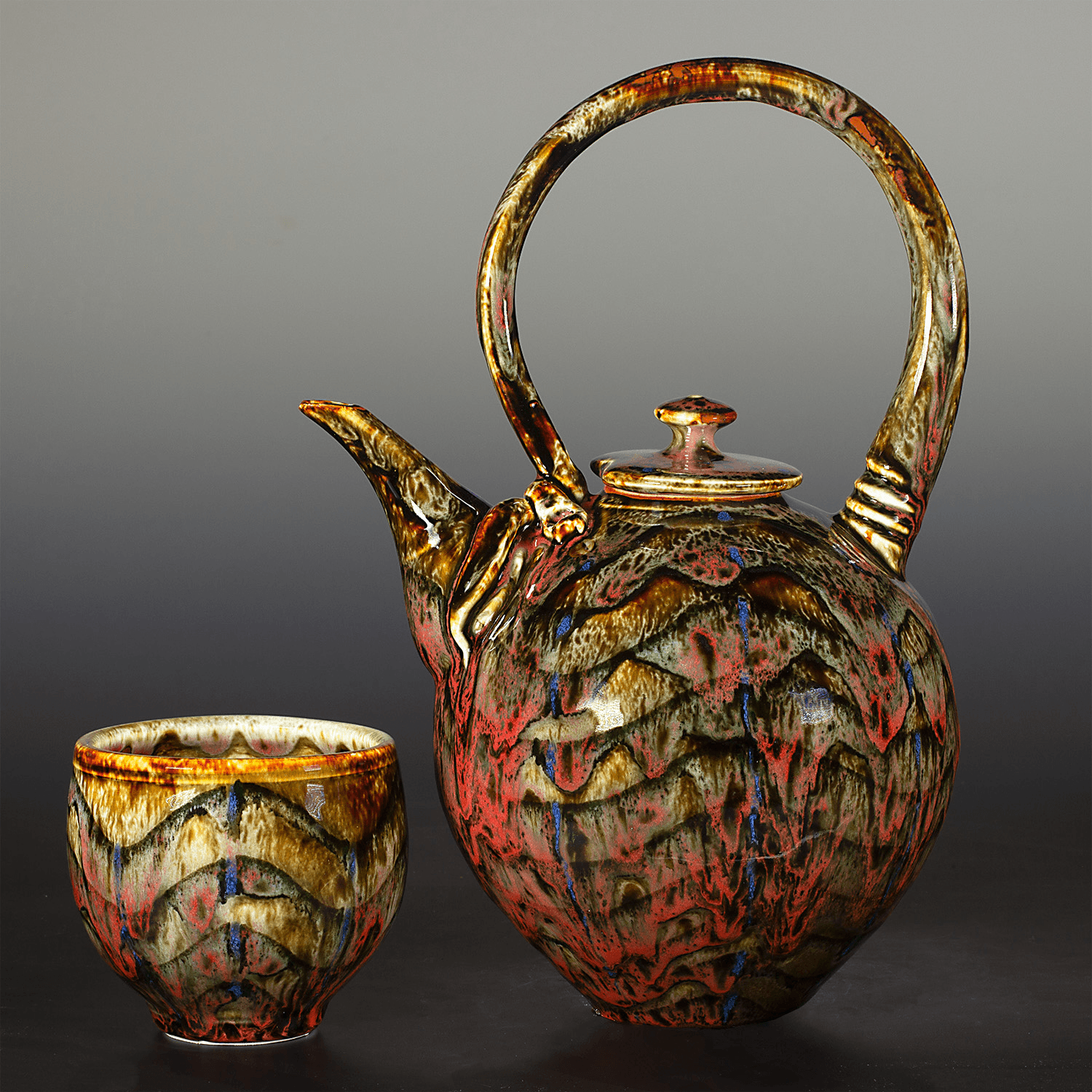

Let’s say your best friend was visiting the area and you wanted to show them the best time ever. Where would you take them? Give us a little itinerary – say it was a week long trip, where would you eat, drink, visit, hang out, etc.
I’m a foodie, so great restaurants like Atlanta Fish Market, Anis Cafe and Bistro, and St Cecilia would be terrific choices. Scott’s Antique Market and The Signature Shop are fun stops for antiques and fine crafts and the High Museum is a local must. Atlanta is also rich in Art Festivals with the Dogwood Festival in April probably the best in my opinion. For those specifically interested in pottery, explore Mudfire, Spruill, Roswell Arts Center West and Callanwolde are all great choices.
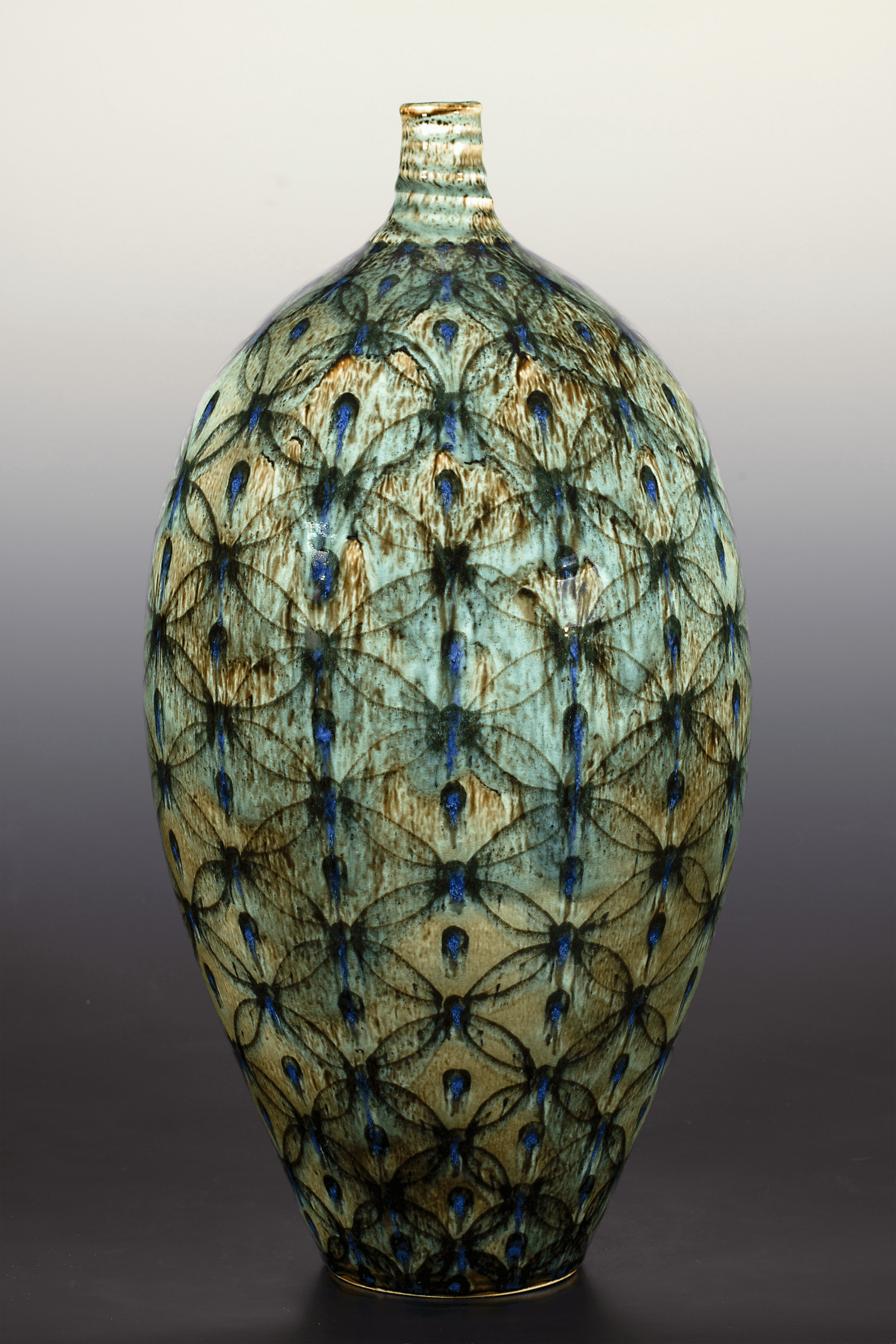

Shoutout is all about shouting out others who you feel deserve additional recognition and exposure. Who would you like to shoutout?
My wife Jan and I have been married for 43 years. Without her ongoing love and support my current life as a potter would simply not have been possible.
The complexity of the technology involved in making pottery and glazing in particular has been made so much more achievable because of the rich information available in books and on-line. All of those makers who left their lifetime’s knowledge for us to revisit and reinterpret.
Website: https://www.creeksidepottery.com
Instagram: @creekside.pottery
Linkedin: Tim Sullivan
Facebook: https://www.facebook.com/creeksidepottery
Other: https://www.pinterest.com/creeksidepotter
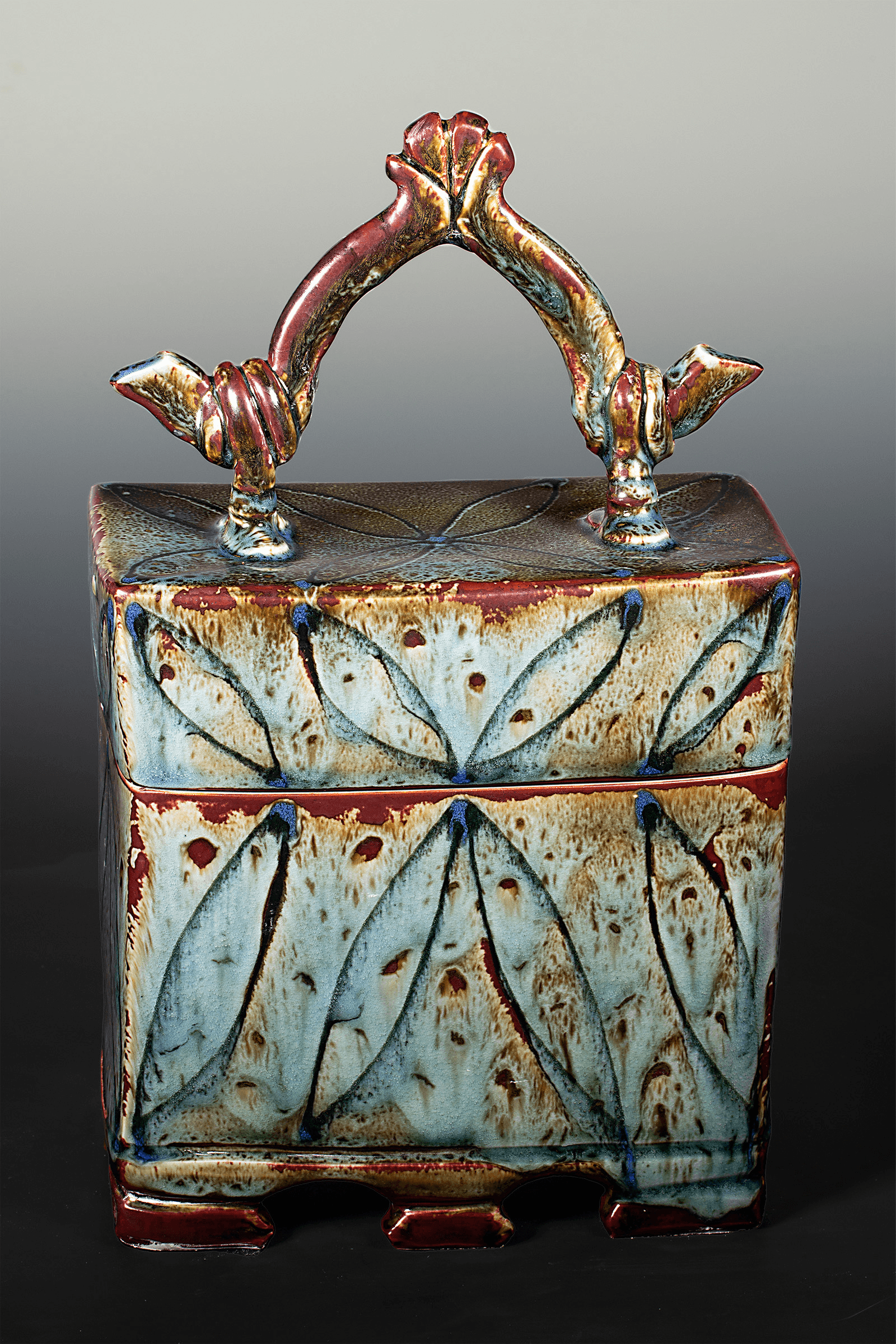
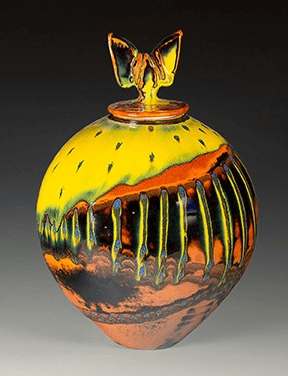
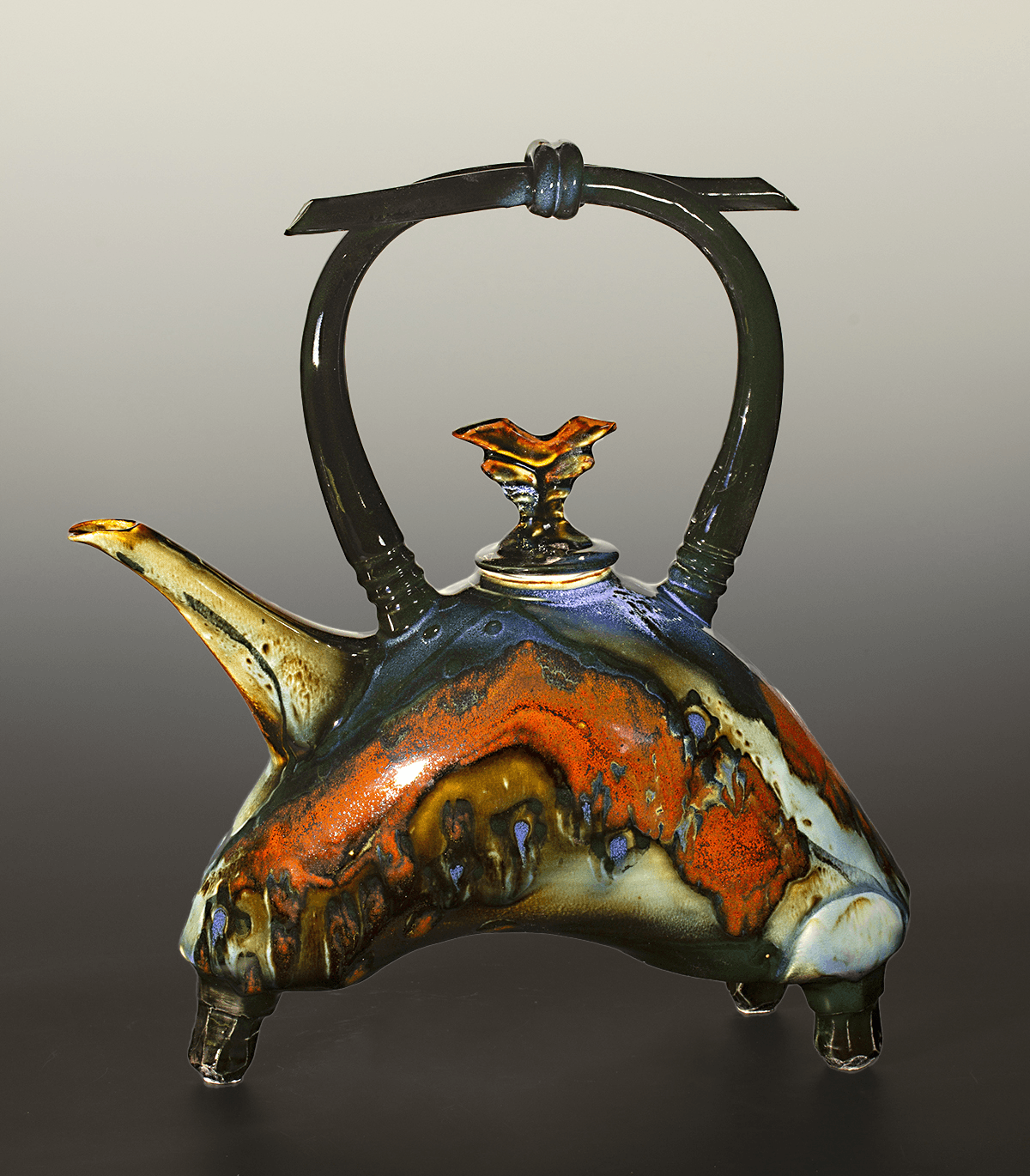
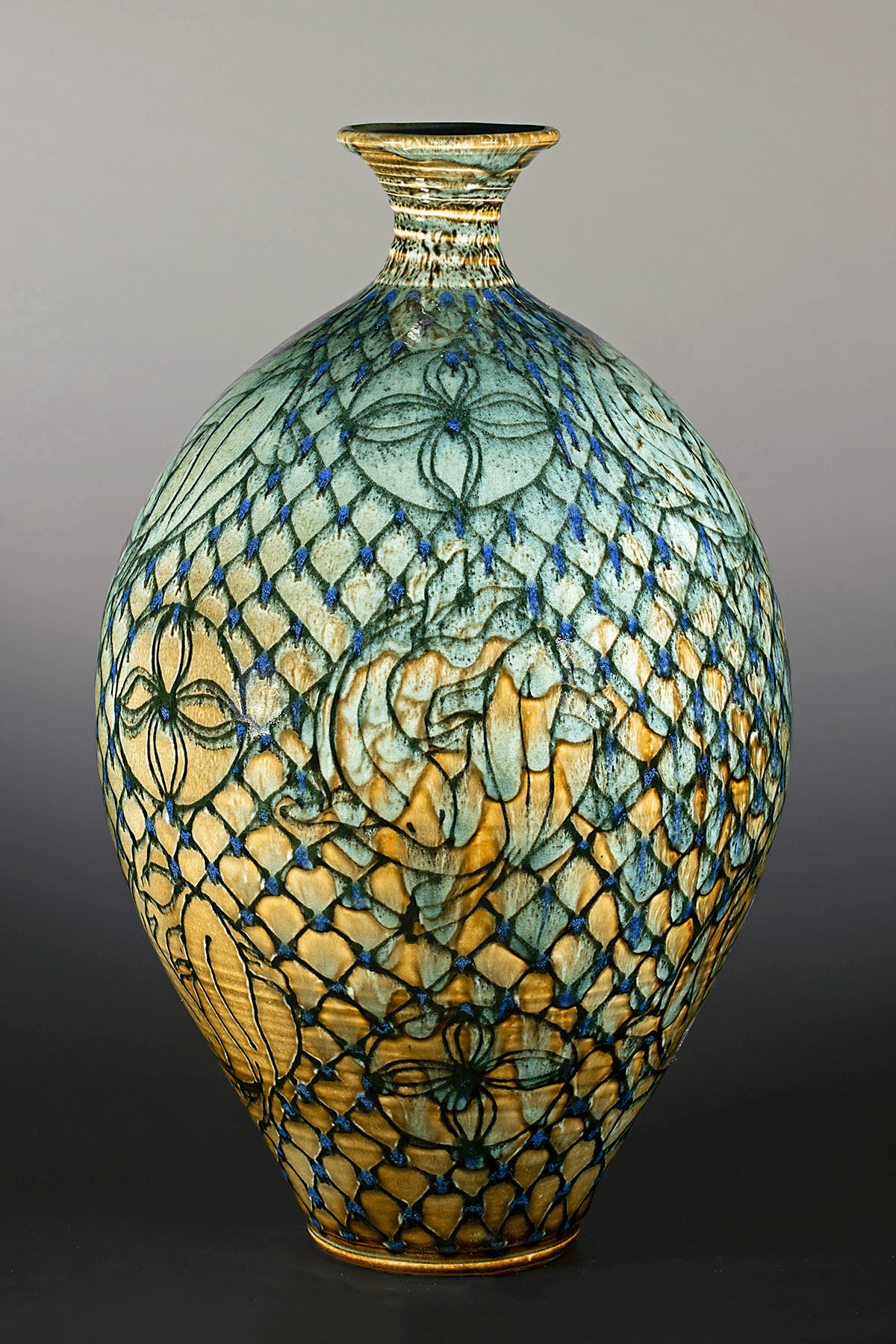
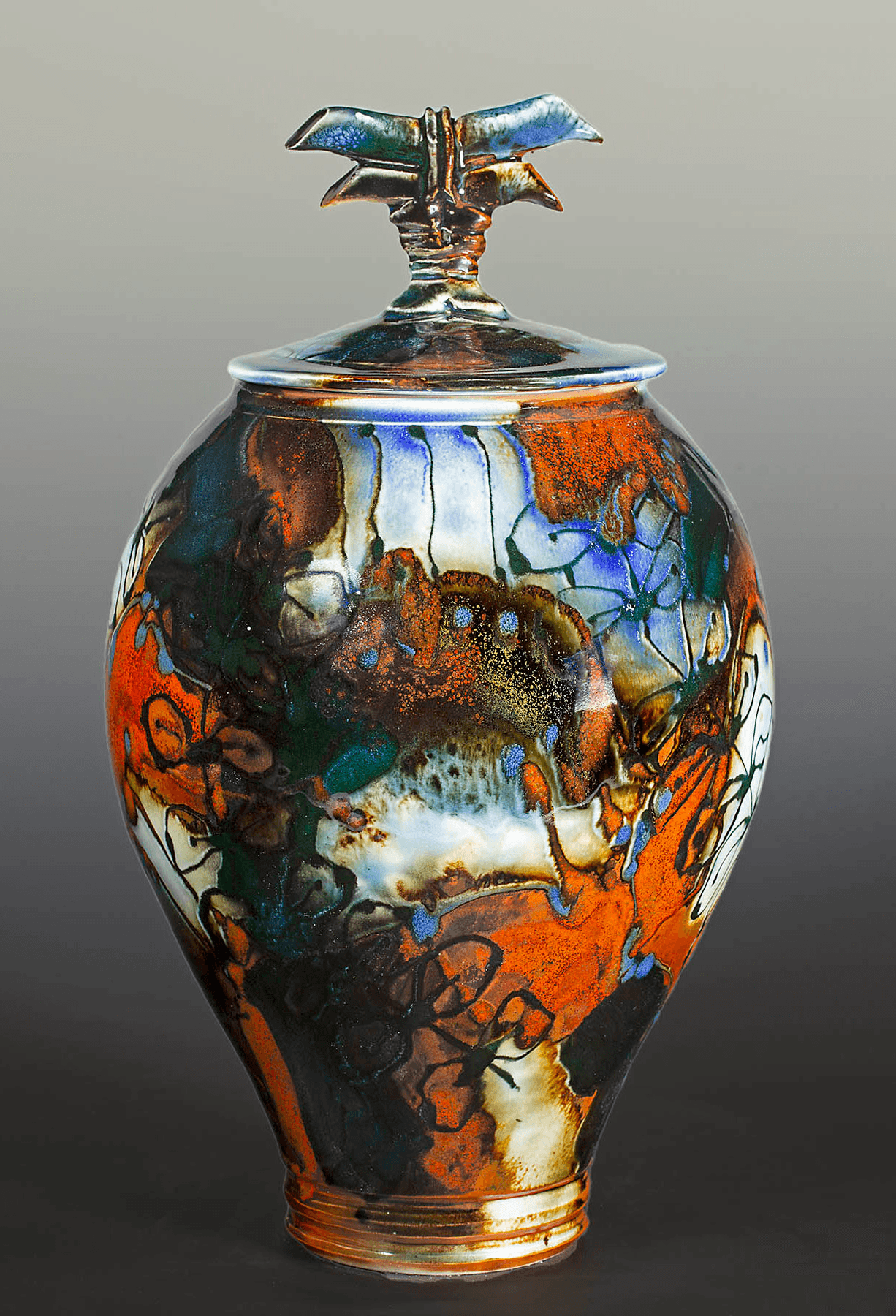
Image Credits
All the pottery shots I took – my wife took the pics of me
